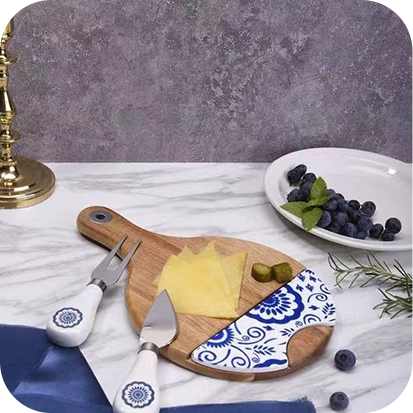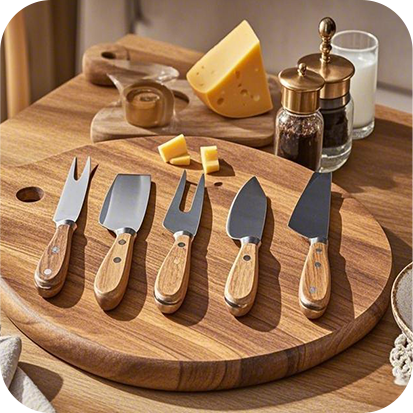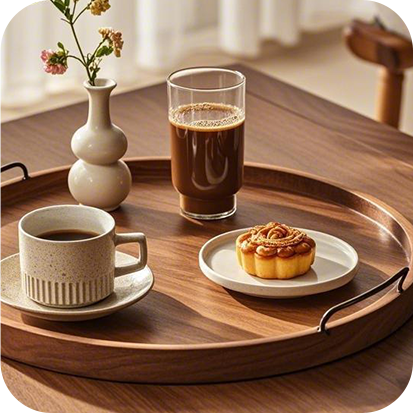Testing Methods for Formaldehyde Emission in Wooden Cutting Boards
Testing Methods for Formaldehyde Emission in Wooden Cutting Boards
Wooden cutting boards are a kitchen essential, valued for their durability, natural aesthetics, and sustainability. However, health-conscious consumers and regulatory bodies are increasingly concerned about the presence of harmful chemicals like formaldehyde in wooden products. Formaldehyde, often used in adhesives or wood processing, can emit gases that pose health risks if not properly controlled.
This article explores the most common testing methods used globally to detect and quantify formaldehyde emissions in wooden cutting boards, particularly those made from acacia wood, and what buyers and manufacturers should know to ensure safety and compliance.
1. Why Formaldehyde Testing Matters
Formaldehyde is classified as a carcinogen and is strictly regulated in many countries. When used in the production of wood-based materials like plywood or MDF, it can off-gas into the environment. For products that come into contact with food, like cutting boards, this is a serious health concern. Testing ensures that items such as NSF certified flexible design Acacia wood BBQ chopping board meet the required safety standards for indoor and food-related use.
2. Primary Testing Standards Worldwide
Different countries and regions have adopted specific standards for formaldehyde emissions:
Japan’s JIS (Japanese Industrial Standards) uses desiccator methods.
The United States primarily uses the ASTM E1333 large chamber method and references CARB (California Air Resources Board) standards.
The European Union relies on EN 717-1 and EN 120 methods for chamber and perforator testing, respectively.
China enforces standards like GB 18580.
Understanding these standards is critical for manufacturers aiming to export, particularly those offering food approved Personalized Acacia wood Cheese board products to international markets.
3. The Desiccator Method (JIS A 1460)
Commonly used in Japan, the desiccator method involves sealing the wood sample in a container with water for 24 hours. The formaldehyde released into the air is absorbed into the water and measured. This method is suitable for detecting low concentrations, making it ideal for consumer products.
4. The Perforator Method (EN 120)
In this method, wood chips are extracted with toluene in a boiling flask, and the amount of formaldehyde released is measured. It's widely used in Europe and provides a reliable metric for emissions in mass-produced products.
5. The Chamber Method (EN 717-1 / ASTM E1333)
Large environmental test chambers replicate real-life air conditions. This method involves placing a sample inside a controlled chamber and monitoring formaldehyde concentration over time. Though expensive, it offers the most accurate results, especially for products like edible-safe Engraved Acacia wood Cheese board, which are often used in sensitive food environments.
6. Use of Certified Low-Emission Materials
Reputable manufacturers increasingly choose adhesives and coatings with ultra-low formaldehyde content or none at all. When a company markets sustainable food-safe custom Acacia wood Prep board, it implies rigorous selection of raw materials and internal testing practices that ensure safety.
7. Microwave Simulation Tests
Some tests involve exposing the board to heat or microwave conditions to simulate prolonged use. This helps assess whether emissions might increase when the product is in use—particularly relevant for items like microwave safe flexible design Acacia wood Acacia serving tray.
8. Certification and Labeling
Once a product passes formaldehyde testing, it may receive labels like “NSF certified” or “Food Contact Safe.” This not only boosts customer confidence but also streamlines customs and regulatory approvals in various markets.
Formaldehyde testing is no longer optional in today’s global kitchenware market—it’s essential. As wooden cutting boards remain popular for both commercial kitchens and home use, safety standards must evolve alongside product innovation.
Looking to certify your wooden kitchenware for global markets?
Trust YangJiang Stellar Kitchenware—where product integrity meets precision testing.
📩 Email: info@justwoodencuttingboard.com
📱 WhatsApp: +86 183 1248 3616
READ MORE:
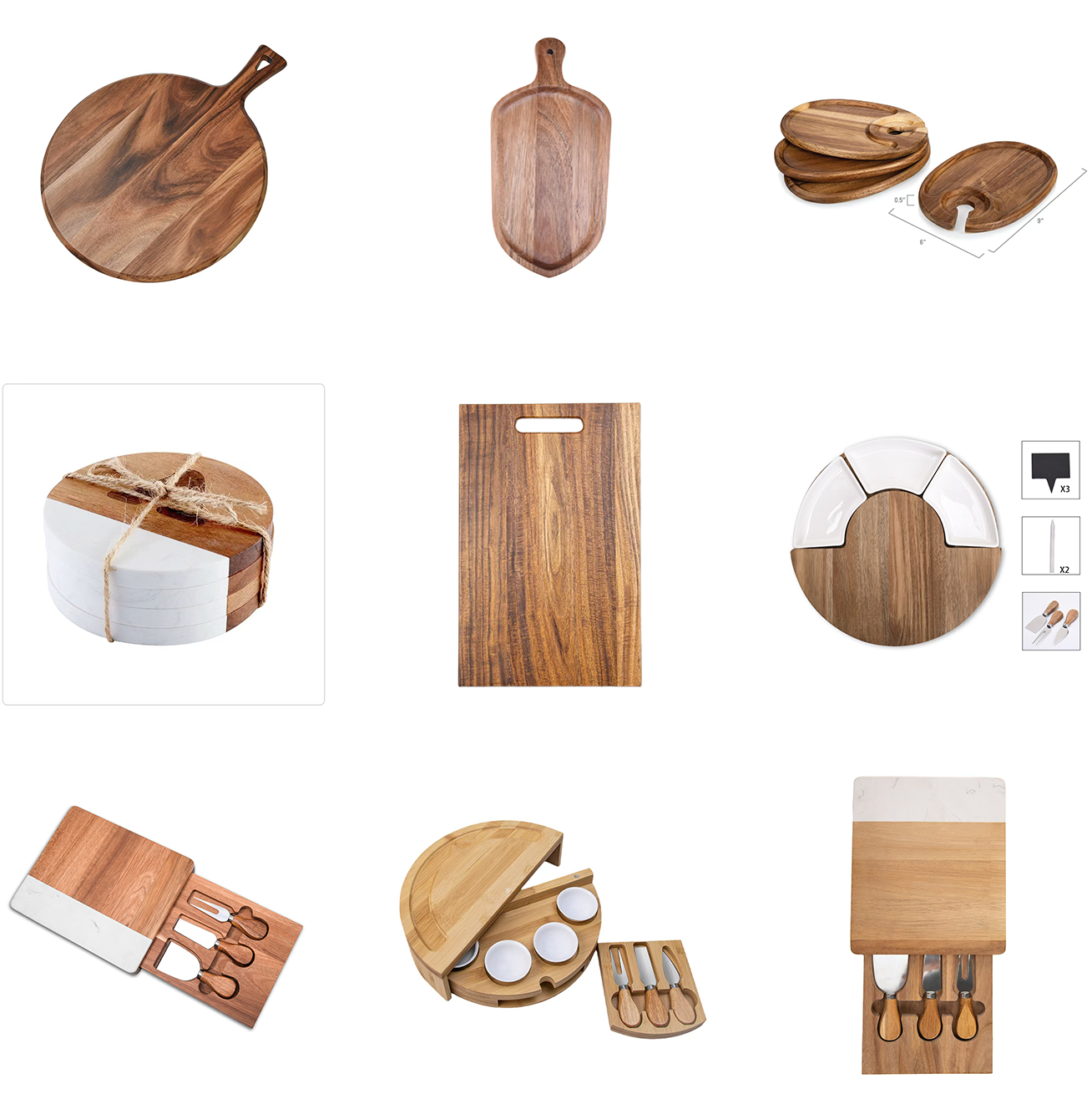

Yangjiang Cuthaven Kitchenware Co.,Ltd
Yangjiang Cuthaven Kitchenware Co.,Ltd.
specializes in the production and export of high-quality metal and wooden kitchenware. With over 16 years of experience in the industry, we have established ourselves as a trusted partner for businesses worldwide.






